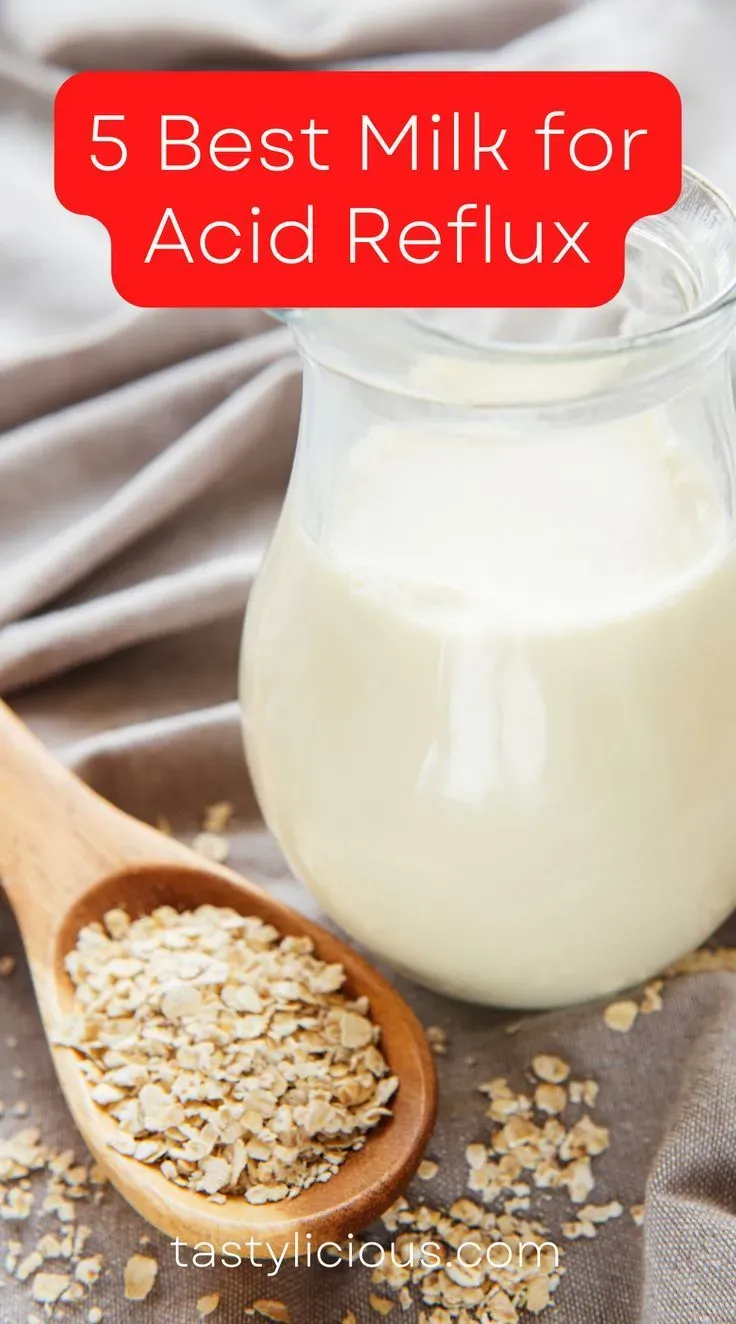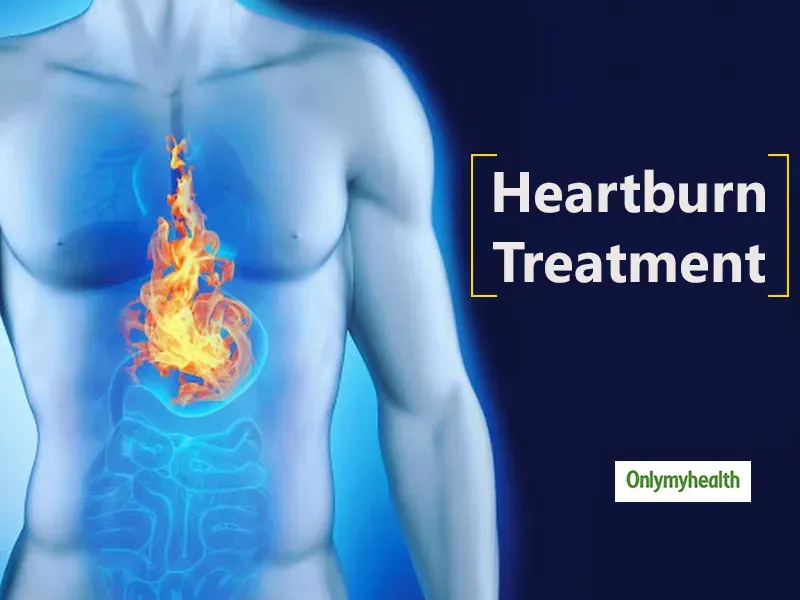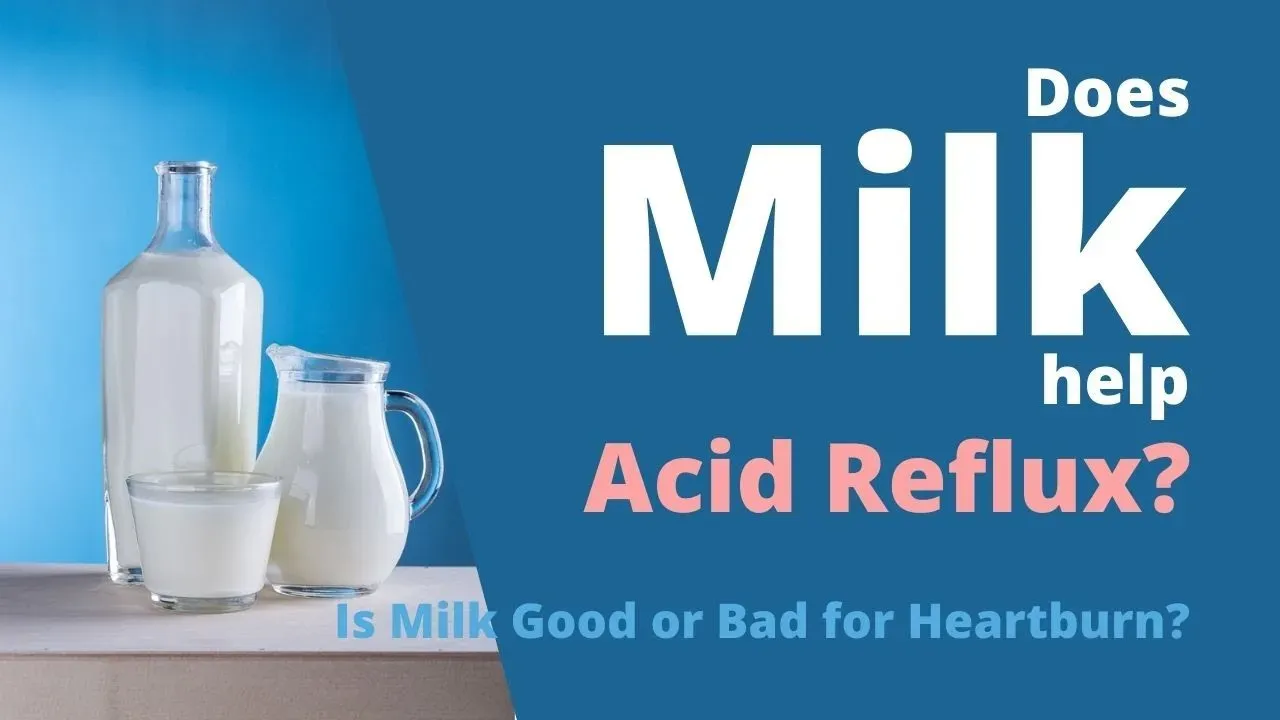Table of Contents
Ah, heartburn. That familiar, unwelcome burn climbing up your chest after a meal. You're not alone; millions of Americans grapple with this fiery sensation regularly. For years, the go-to folk remedy has been a glass of milk, a seemingly innocent way to soothe the flames. The idea is simple: milk coats the esophagus, providing a temporary shield against stomach acid. But does this old wives' tale hold up? Can something as common as milk actually make a difference, or could it potentially make things worse?
Heartburn Happens: Understanding the Burn

Heartburn Happens: Understanding the Burn
Alright, let's talk about that burning feeling. You know the one. It's not just a little discomfort; it's a full-on fire in your chest, sometimes creeping up into your throat.Heartburn Happens: Understanding the Burnis the first step to finding relief, because you can't fight something you don't understand. Essentially, this happens when stomach acid, which is supposed to stay put and help digest your food, decides to take a trip back up into your esophagus. Your esophagus isn't built to handle that kind of acidity, unlike your stomach, which has a protective lining. The result? That nasty, irritating burn. It's incredibly common, affecting millions, and while often triggered by certain foods or habits, it can feel like a mystery sometimes.
Does Milk Really Help Acid Reflux Symptoms?

Does Milk Really Help Acid Reflux Symptoms?
The Old Wives' Tale: Milk as a Soother
For ages, people have reached for a glass of milk when heartburn strikes. The thinking goes something like this: milk is cool, it's liquid, and it feels like it's coating your throat and stomach. It seems intuitive, right? Like putting out a fire with a damp blanket. The idea is that this coating action provides a temporary barrier between the angry stomach acid and your sensitive esophagus. Plus, milk contains calcium, and calcium carbonate is an active ingredient in some antacids. So, there's a bit of logic behind the folk remedy, even if it's not the whole story.
Why Milk Might Not Be Your Friend
Here’s where things get tricky. While that initial cool sip might feel good, milk also contains fat and protein. For some people, especially those prone to acid reflux, dietary fat can actually relax the lower esophageal sphincter (LES). That's the valve between your esophagus and stomach that's supposed to stay closed to keep acid where it belongs. When the LES relaxes, it's like leaving the back door open for stomach acid to sneak up. Protein can also stimulate the production of stomach acid, which is the exact opposite of what you want when you're trying to calm the burn. So, that comforting glass could potentially be fueling the fire shortly after offering temporary relief.
- Initial soothing sensation
- Contains calcium (like some antacids)
- Coating effect (temporary)
- Fat content can relax LES
- Protein can stimulate acid production
- Effect is often short-lived
The Mixed Bag: Individual Responses Vary
The truth is, the effect of milk on acid reflux symptoms isn't a simple yes or no. It really depends on the person. Some folks might find a small amount of cold milk brings some temporary relief, while others will feel significantly worse. There's not a ton of robust scientific evidence definitively proving milk is a reliable heartburn remedy for everyone. Most studies or reviews suggest its effects are, at best, temporary and potentially counterproductive due to the fat and protein. This is why you hear conflicting stories – your friend swears by it, but your uncle says it's the worst thing he can drink when the burn hits. It’s a classic case of "your mileage may vary."
Focusing on Low Fat Milk and Acid Reflux

Focusing on Low Fat Milk and Acid Reflux
Does Less Fat Mean Less Burn?
So, if the fat in full-fat milk is part of the problem, doesn't it stand to reason thatlow fat milk and acid refluxmight be a better combination? The theory is pretty straightforward: cut the fat, reduce the risk of relaxing that crucial lower esophageal sphincter (LES). Think of the LES like a gatekeeper for your stomach. Fatty foods can sometimes bribe that gatekeeper to open up when it shouldn't, letting acid spill back up. By choosing milk with less fat, you're theoretically removing one of the key triggers that tells the gate to loosen up. It seems logical that swapping from whole milk to skim or 1% milk could potentially reduce that particular risk factor for a reflux flare-up.
Still Gotta Watch Out: It's Not a Magic Bullet
While the lower fat content in skim or 1% milk removes one potential issue, it's important not to see it as a guaranteed solution. Even low-fat milk still contains protein and calcium, as we touched on earlier. Protein can still stimulate stomach acid production in some people. Plus, the sheer volume of liquid you drink can sometimes play a role, filling the stomach and increasing pressure, which might push acid upwards. So, while low fat milk *might* be less likely to trigger reflux than its full-fat cousin, it's not universally safe for everyone with heartburn. It’s less of a villain, perhaps, but not necessarily a hero.
- Whole Milk: Highest fat content, most likely to relax LES.
- 2% Milk: Reduced fat, still potentially problematic for some.
- 1% Milk: Lower fat, less likely to relax LES than higher fat options.
- Skim Milk: Lowest fat content, theoretically the 'safest' dairy milk option regarding fat's effect on LES.
Beyond Low Fat Milk: Other Options for Acid Reflux Relief

Beyond Low Fat Milk: Other Options for Acid Reflux Relief
Looking at What Else You Eat (or Don't Eat)
Alright, so we've established that whilelow fat milk and acid refluxmight be a slightly better combo than full-fat, it's no miracle cure. The good news is, milk isn't the only player in this game. A huge part of managing acid reflux comes down to what else you’re putting in your body and when. Think about common culprits: spicy foods that make your eyes water, greasy burgers that sit like a rock, acidic tomatoes in sauces, and those morning cups of coffee or evening glasses of wine. These things are notorious for triggering that burning sensation. Paying attention to your personal triggers is key. Keep a food diary for a week or two and see if you can spot patterns. Eating smaller, more frequent meals instead of three huge ones can also help keep your stomach from getting overly full and pushing acid upwards. And seriously, try not to lie down right after you eat. Gravity is your friend here.
When Diet Isn't Enough: OTC and Prescription Help
Sometimes, simply adjusting your diet and timing isn't enough to silence the burn. That's when you might need to look at other options. Over-the-counter (OTC) medications are readily available and offer different approaches. Antacids, like Tums or Rolaids (the ones with calcium carbonate, ironically), work by neutralizing stomach acid quickly, providing fast, temporary relief. H2 blockers, like Pepcid AC, reduce the amount of acid your stomach makes. Proton pump inhibitors (PPIs), like Prilosec OTC, are stronger acid reducers and are often used for more frequent or severe symptoms. If OTC options aren't cutting it, or if your symptoms are persistent and bothering you regularly, it’s time to chat with a doctor. They might recommend prescription-strength versions or investigate other potential causes for your reflux. Don't just suffer through it.
- Avoid common trigger foods: citrus, tomato, chocolate, peppermint, spicy foods, fatty foods.
- Limit caffeine and alcohol.
- Eat smaller, more frequent meals.
- Don't lie down for at least 2-3 hours after eating.
- Elevate the head of your bed slightly (using blocks under the legs, not just extra pillows).
- Maintain a healthy weight; excess abdominal pressure can worsen reflux.
- Quit smoking; it weakens the LES.
Living with Acid Reflux: Diet, Lifestyle, and When to See a Doctor

Living with Acid Reflux: Diet, Lifestyle, and When to See a Doctor
So, moving beyond just the milk debate, tackling acid reflux for the long haul means looking at the bigger picture.Living with Acid Reflux: Diet, Lifestyle, and When to See a Doctoris less about finding one magic food and more about making consistent choices. It’s about figuring out *your* personal triggers – maybe it’s that second cup of coffee, maybe it’s late-night snacking, or perhaps it's tighter pants than you care to admit. Shedding a few pounds if you're carrying extra weight can make a surprising difference by reducing pressure on your stomach. Kicking the smoking habit? Huge win for your LES. Even simple things like propping up the head of your bed can help gravity keep things where they belong while you sleep. But let's be clear: if you're doing all the right things with diet and lifestyle and still feeling the burn regularly, or if you're having symptoms like difficulty swallowing or unexplained weight loss, that's your cue to pick up the phone and call a healthcare professional. Don't mess around – sometimes it's more than just a bit of heartburn.
The Final Sip: Navigating Milk and Your Acid Reflux
So, where does this leave us with low fat milk and acid reflux? The simple answer is: it's complicated, just like most things involving your gut. While a glass of low-fat milk might offer a moment of cool relief for some, thanks perhaps to calcium or a fleeting coating effect, it's far from a guaranteed fix and certainly not a replacement for proper medical care. For others, even low-fat versions can trigger symptoms due to lactose intolerance or just how their individual digestive system reacts to dairy proteins or residual fat. High-fat dairy? Generally a bad idea if heartburn is your nemesis. The takeaway? There's no one-size-fits-all answer. Pay attention to your own body, consider exploring milk substitutes, and remember that lasting relief often comes from broader dietary and lifestyle adjustments – things like avoiding triggers, managing weight, and not eating right before bed. If heartburn is a regular unwelcome guest, chatting with a healthcare professional is always a smarter move than relying solely on the dairy aisle.
